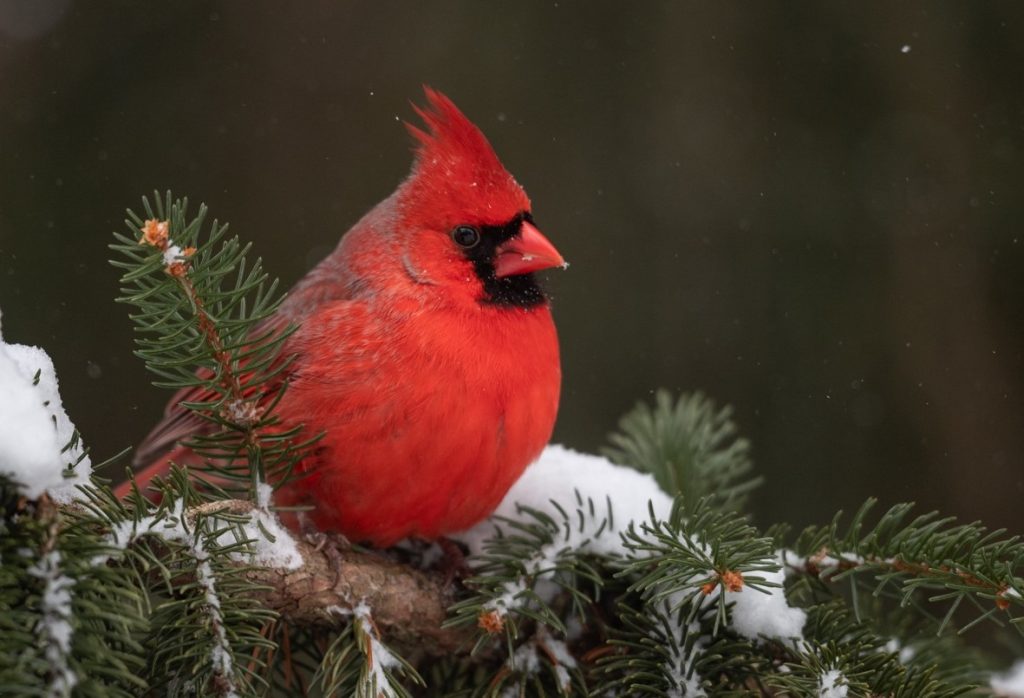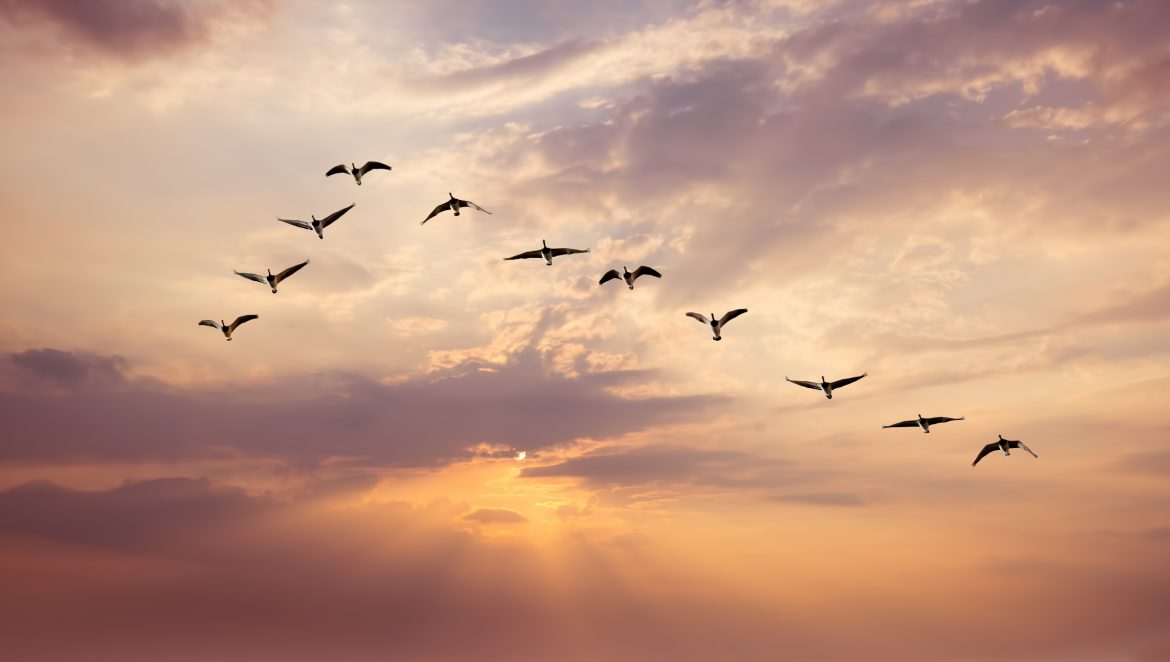January 5, 2020, is National Bird Day in the USA and believe it or not, it’s an annual holiday with half a million adherents who celebrate through birdwatching, studying birds, bird drinking games including ‘bird date’ and other bird-related activities. One of my favorite pastimes, when I can get away to my little house in the Catskills Mountains, is to watch the birds. Our feathered visitors include black cap chickadees, red-headed finches, goldfinches, house finches, blue jays, sparrows, woodpeckers, blackbirds, grackles, rose-breasted grosbeaks, scarlet tanagers, hawks, eagles, hummingbirds as well as the occasional indigo bunting and Baltimore oriole.

Indigo Bunting: Photo: Rob Curtis/Vireo

Adult Male
But, my absolute favorites are the cardinals. There is an old folklore saying that, “When a cardinal appears in your yard, it’s a visitor from heaven.” I like to believe that!

Male Cardinal
Birds are among the best-studied organisms, but there has been much controversy over their origins and classification. With the recent discovery of feathered fossils in China, it is now generally agreed that birds are descended directly from – or actually maybe – a group of theropod dinosaurs that evolved during the Mesozoic Era. Birds exhibit many typically reptilian characteristics, including skeletal and blood-cell structures, scales, and embryonic development patterns.
Other avian characteristics common to all birds, including feathers (derived from scales) and bills, are unique. Avian flight probably evolved as a progression from quadrupedal to bipedal locomotion, climbing, leaping, parachuting, and gliding to active flight. Some birds subsequently lost the power of flight as they grew in size or colonized predator-free environments.
Birds inhabit nearly every conceivable habitat on the earth’s surface and, because of their mobility, have colonized even the most remote islands. Birds have been recorded flying up to an altitude of over 11,000 m and diving to a depth of 540 m.
Some birds, especially corvids and parrots, are among the most intelligent animal species; a number of bird species have been observed manufacturing and using tools, and many social species exhibit cultural transmission of knowledge across generations. And, as with other native organisms, birds help maintain sustainable population levels of their prey and predator species and, after death, provide food for scavengers and decomposers.
Many birds are important in plant reproduction through their services as
pollinators or seed dispersers. Birds also provide critical resources for their
many host-specific parasites, including lice that eat only feathers, flies
adapted for living on birds, and mites that hitchhike on birds from plant to
plant and even between countries.
Some birds are considered keystone species as their presence in (or
disappearance from) an ecosystem affects other species indirectly. For example,
woodpeckers create cavities that are then used by many other species. After the
extinction of the dodo, it was discovered that a tree whose fruits had been a
primary food item of the dodo was unable to reproduce without its seeds passing
through the dodos’ digestive tracts, which process scarified the seed coat and
enabled germination.
Birds
have been integral to humans since prehistory. To birds’ detriment, they and
their eggs have been an important human food source since humans evolved, and
we have hunted many species to extinction. Feathers, usually obtained by
killing their original owners, have been used as adornment in hats,
headdresses, and capes. Birds are popular as “pets” throughout the world, and
the pet trade has driven many species to the edge of extinction.
More benignly, birds appear in ancient art and mythology worldwide. Birdsong
enriches the outdoors for many people, and birdwatching is one of the
fastest-growing recreational activities. Birds also were the primary
inspiration for human flight.
 Food
Food Farmers
Farmers Sustainable Living
Sustainable Living Living Planet
Living Planet News
News